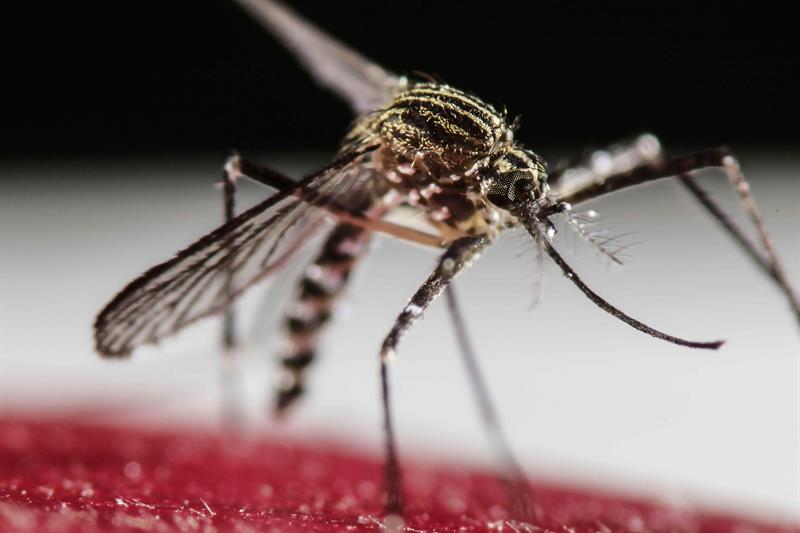According to an epidemiological study published in The Lancet Microbe journal, Ceará has been the Brazilian State most affected by chikungunya fever in the last decade, with more than 77,418 confirmed cases.
In addition, the number of deaths caused by the disease was higher than that of dengue in the same period.
Chikungunya registered 1.3 deaths per thousand diagnosed cases, while the mortality rate of dengue is 1.1 per thousand cases.

In an interview with Jovem Pan News, the infectologist at Hospital São Luís, Raquel Muarrek, explained that the results show that the dynamics of the disease dispersion are different from that observed in the case of dengue and zika viruses.
In this case, explosive outbreaks are caused in places with low previous exposure to the virus.
“All mosquito-dependent diseases have an outbreak every one or two years. It is the most common.”
“We have a period of calm and a return of the most severe cases due to the presence of people who don’t have their defense, who are more susceptible, and the loss of care when you have the outbreak again”.
The study supported by the São Paulo State Research Support Foundation (Fapesp) revealed that the country faced seven epidemic waves between March 2013 and June 2022, with more than 253,000 cases confirmed by laboratories in 3,300 municipalities.
In Ceará, the municipalities that suffered the most in the first two waves had the fewest cases in the third wave, as explained by Shirlene Telmos, a researcher at the Central Public Health Laboratory of Ceará and Unicamp.
“In places with more chikungunya outbreaks, they were immune.”
“When another wave came, another locality that had not had it before would become the locality hit by chikungunya infections.”
“What characterizes these waves being in different places or the same state are people who were not immune in past waves.”
The mapping also pointed out risk factors involved in symptomatic infections, which are more prevalent in women.
Deaths, however, are more frequent in children and the elderly, who have a less strengthened immune system.
With information from Jovem Pan

